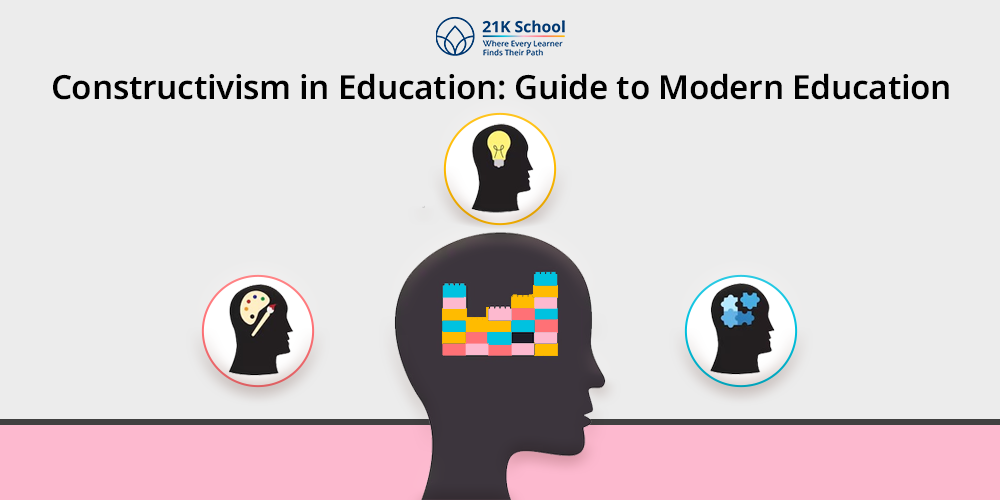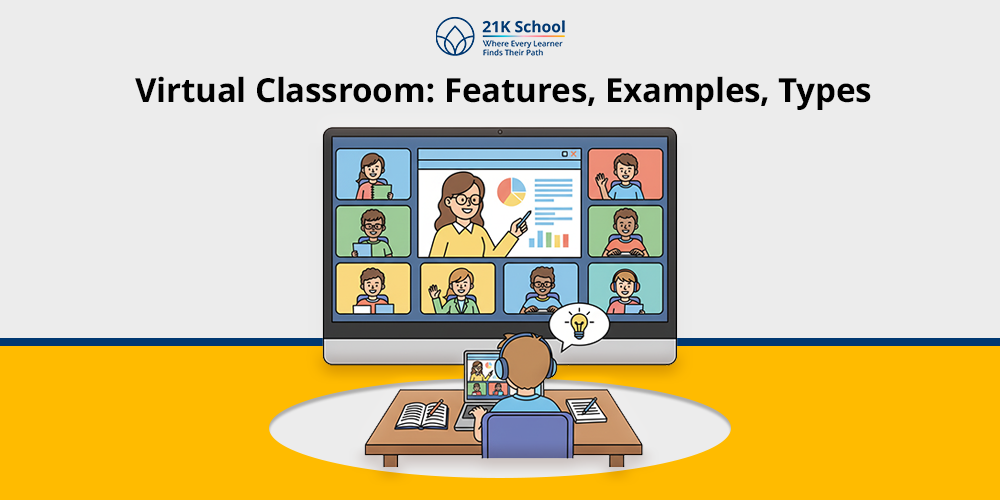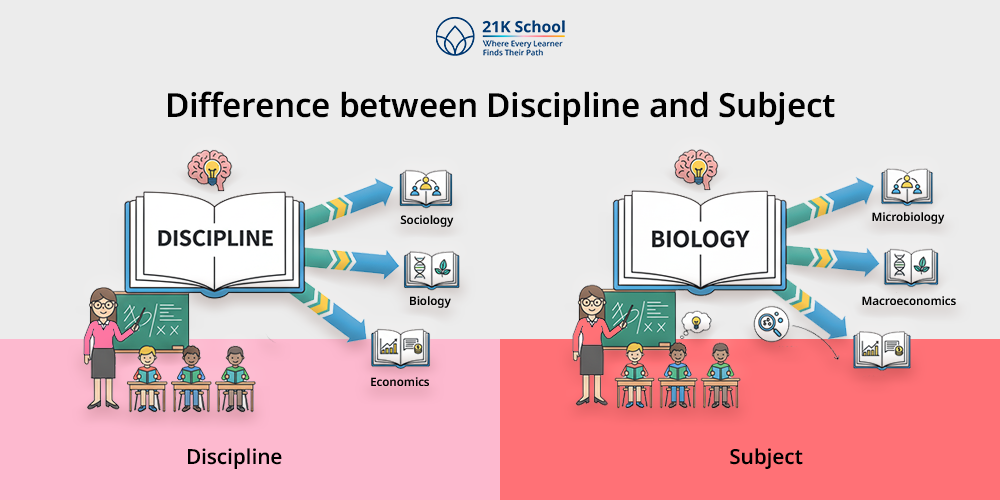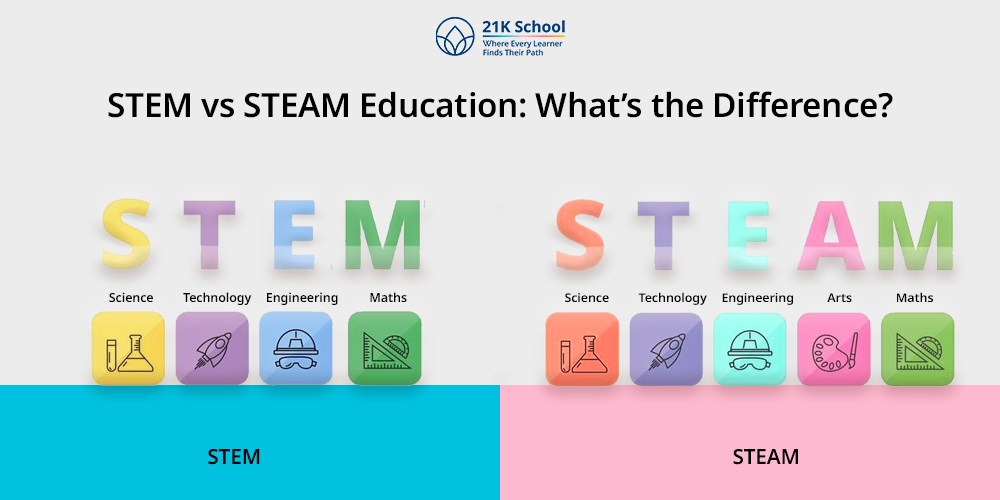
Today modern education is not limited to traditional learning where memorising facts to get good marks in exams. It’s about building on understanding and knowledge.
One of the most impactful methodologies is “Constructivism in Education”. The approach focuses on the creation of own and understanding instead of memorising existing information.
Here we will explore everything about constructivism in education, its types of benefits, principles and real life examples.
Table of Contents
- What is Constructivism in Education?
- 3 Types of Constructivism in Education
- Core Principles of Constructivism in Education
- 5 Stages of Constructivism in Education
- How Constructivism in Education Works in the Classroom?
- Benefits of Constructivism in Education
- Challenges of Constructivism in Education
- Examples of Constructivism in Education
- Constructivist vs Traditional Classroom
- Conclusion
What is Constructivism in Education?
A learning theory which helps students to create or construct their own understanding and knowledge of the world rather than rote learning.
The approach is proven and highly effective in both classroom learning and home settings. Here learners focus on crafting knowledge with the help of existing text book information and new information.
In a simple way, learning by doing, questioning, and connecting ideas offer a more meaningful knowledge.
3 Types of Constructivism in Education
Understanding the types of constructivism in education help learners to explore the concept in a better way:
1. Cognitive Constructivism
One of the key types is cognitive constructivism, where students build understanding individually. It is proposed by Jean Piaget.
He stated that children at their development stage build their own knowledge and experience problem solving.
2. Social Constructivism
Social constructivism, as the name suggests, highlights the role of social interaction and cultural context in learning.
Creating a social connection where learners get guidance from facilitators and other learners to improve retention.
The process takes place by collaboration, discussion, debate, questioning and teamwork.
3. Radical Constructivism
The third type is radical constructivism where knowledge is not real or connected to reality. Students construct their own version according to their experiences.
For example, learners can create their own thoughts on historical events depending on their perspective.
Core Principles of Constructivism in Education
Constructivism in education has core principles include active learning, social interaction, contextual learning, and the importance of prior knowledge.
Here’s a detailed information:
1. Knowledge is Actively Constructed
Knowledge is activity constructed means in this methodology learners don’t gain a bundle of information. Instead of that they actively construct or create understanding with new and old information.
2. Learning is Contextual and Builds on Prior Knowledge
Learning is contextual and builds on prior knowledge refers to every new knowledge or learning connected with prior knowledge. Then it’s ready to use.
3. Social Interaction Enhances Learning
Connecting with facilitators and other classmates helps learners in refined and indepth understanding without any stress.
This can be done by collaboration, working in a team group projects or discussion.
4. Motivation and Engagement are Crucial
Motivation and engagement are crucial because learners always look for a meaningful and attractive way of learning.
5. The Teacher’s Role is that of A Facilitator
The teacher plays a crucial role as a facilitator who guides, supports and encourages while providing lectures/sessions.
5 Stages of Constructivism in Education
Exploring the five stages of constructivism in education to understand the concept in a better way. The 5 Es include:
- Engage: The cycle starts with engagement. It means learners engage in a problem question that increases the curiosity of finding an answer.
- Explore: The next stage is exploration. Here learners research, understand, investigate and find out the information in detail individually or with the group.
- Explain: With the help of class discussion learners explain their findings in detail to guide others. This can be done through presentation to increase retention.
- Elaborate: Fourth is elaboration where learners apply knowledge to new contexts and deepen understanding. Here they have learned to solve problems or carry out projects.
- Evaluate: And the last one is evaluate, students and facilitators assess understanding through reflection, projects, or assessments.
How Constructivism in Education Works in the Classroom?
To transform classroom into active learning environment it’s essential to understand how constructivism in education works:
1. Active Learning
With the help of active learning and participation through discussion, hands-on activities, science experiments and real life scenario learners can implement constructivism in education.
Inquiry based learning is also helpful to do so.
2. Student-Centered Approach
With the help of tailored curriculum education can become more engaging and attractive. Teachers can guide learners to construct their own understanding.
3. Collaboration
Collaborate with others, team discussion and group activities to promote communication and social skills.
Understand the importance of social skills in learners’ growth and development.
4. Focus on Meaning-Making
The objective of constructivism is creating meaningful learning via new and existing information.
5. Role of the Teacher and Feedback
Teachers play a role of facilitator who guides, encourages and provides resources to feel comfortable even if learners made mistakes.
In constructivism, assessment given by a facilitator is not just getting answers but understanding the process and obtaining meaningful answers.
Benefits of Constructivism in Education
Before implementing any approach, understanding its benefits is more important and systematic. Some common benefits of constructivism in education are:
1. Critical Thinking Skills
Critical thinking skills in a learner means ability to analyse information, evaluate evidence and make assumptions to give conclusions.
The approach helps learners to do so effectively which also increases their problem solving skills and supports diverse perspectives.
2. Increased Engagement and Motivation
Constructivism in education is an ideal technique to increase student engagement and motivate them for further learning.
It encourages students to participate in classroom activities and improve problem solving abilities.
3. Collaborative Skills
The approaches are also effective to enhance collaborative skills of learners with the help of social interaction discussion and group projects.
Can share their understanding and get others prospective.
4. Personalised Learning
Personalised learning, meet the unique needs learning style and objective of learners. It adapts the method learners want to implement in their education.
Constructivism fosters deeper understanding, increased engagement, and the development of crucial skills applicable to real-world situations.
5. Lifelong Learning Benefits
With constructivism learners can avail the benefits of lifelong learning. Here they can take the ownership, explore more and connect knowledge for retention.
Challenges of Constructivism in Education
Sometimes learners and teachers deal with various challenges of constructivism in education. Below are detailed information of challenges faced:
1. For Teachers
- Lack of Training: Teachers who have years of experience with traditional learning have difficulty adapting modern teaching techniques. Constructivism needs trained teachers to implement effectively.
- Student Needs: Constructivism needs a personalised learning approach where teachers should address the unique needs of the learner which can be a challenging part. This leads to a struggle in implementation of constructivism.
- Shifting Classroom Culture: From teacher-led to student-centered environment shifting is difficult for most of the teachers, especially those who are not trained. Without proper assistance or training it is difficult to implement constructivism in the classroom.
2. For Learners
- Lack of Structure: Due to lack of structure and clear instructions learners struggle to gain knowledge as they earlier used to step-by-step teaching approach.
- Knowledge Gaps: Constructivism is a unique learning approach than traditional memorising/rote learning which can impact the foundational knowledge if not used properly.
- Individual Needs: For young learners, the open-ended nature of constructivism can be unsuitable especially for special needs students. They may need more guidance and direction.
Examples of Constructivism in Education
Some common examples that help learners understand how to implement constructivism in education:
- Experimentation: Based on new information and as mentioned in books, students can choose experiments and conduct to find results and later they can connect with a facilitator or classmate to discuss the findings.
- Research projects: In a research project, the facilitator gives any concept or topic to each student and lets them investigate on their own later. The student can present the result in the classroom. It can be done as a small team/group.
- Class discussions: One of the ideal ways where students can share their thoughts, ideas and problems to each other to get others’ perspectives.
- Problem-based learning: Learners mostly stuck with a particular subject chapter or question which can be easily resolved by collaborating with peers.
Constructivist vs Traditional Classroom
Understanding which approach is better for learners between constructivist and traditional classroom is crucial for effective implementation.
Here’s a comparison table:
| S.No. | Aspects | Constructivist Classroom | Traditional Classroom |
| 1. | Student Role | The student role in constructivism is passive recipients of information. They often listen and memorise. | The role of students in traditional classroom active learners, explorers, and collaborators who are responsible for their own learning. |
| 2. | Teacher Role | The role of teachers here is facilitator and guide. They assist students in constructing their own knowledge. | The role of teachers here is authoritative, delivering information to a passive audience. |
| 3. | Learning Style | Learning style includes active, hands-on, collaborative, and reflective. | The learning style in the traditional approach is rote memorization, repetition, and recitation. |
| 4. | Key Strategies | Working in a group, problem-solving, role-playing, are key strategies used in a constructivist classroom. | Key strategies used in traditional classrooms are lectures and structured learning based on memorisation. |
| 5. | Focus | Constructivist classrooms focus on student-centered and collaborative work. | The traditional classroom focuses on teacher-centered and lecture-based. |
| 6. | Environment | The environment in the constructivism classroom is interactive, interactive, and focused on student questions and interests. | The environment in the traditional classroom is highly structured and teacher-directed. |
| 7. | Assessment | Assessment like daily activities | Standardized tests |
Conclusion
Understanding the shift from traditional learning to modern education is important for parents, facilitators and learners.
Various approaches such as constructivism ensure academic growth and development to become independent thinkers and continuous learners.
Use constructivism methodology to gain enough knowledge and become active in the learning journey of kids. It’s time to adapt learning towards modern education.



